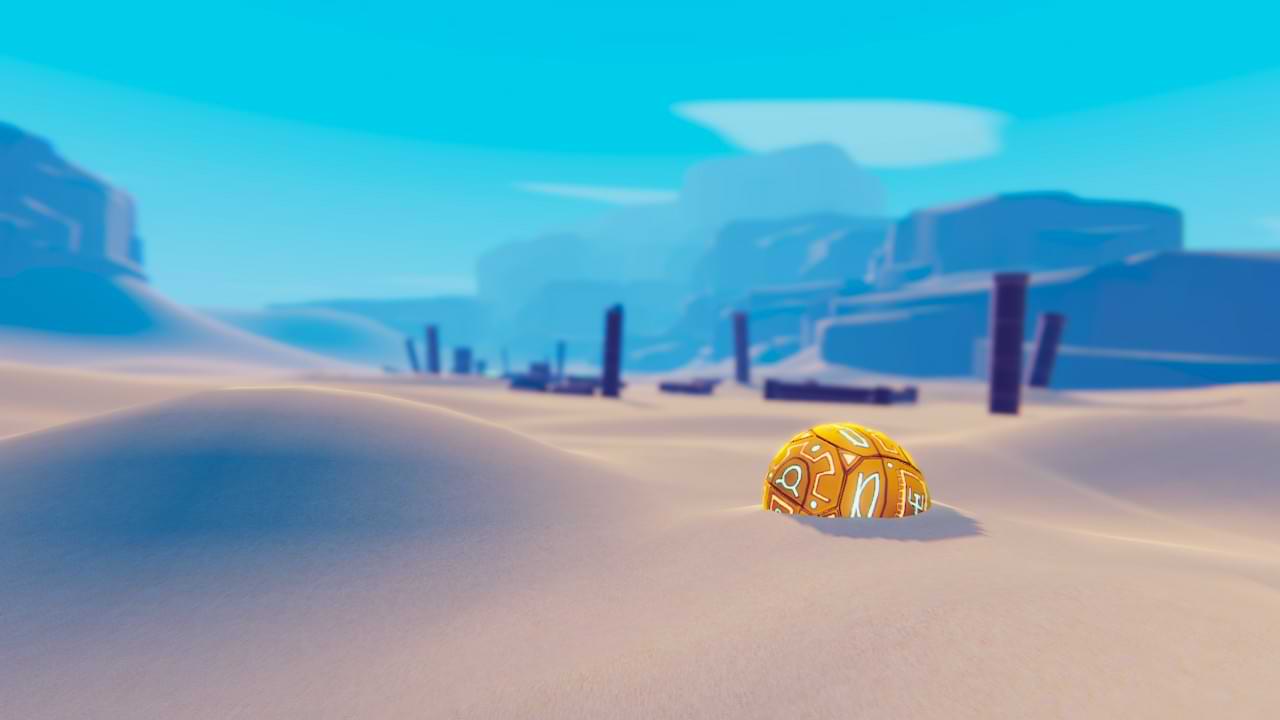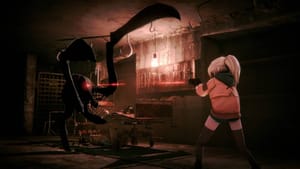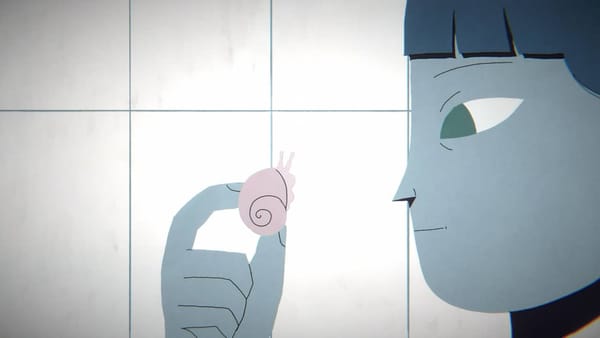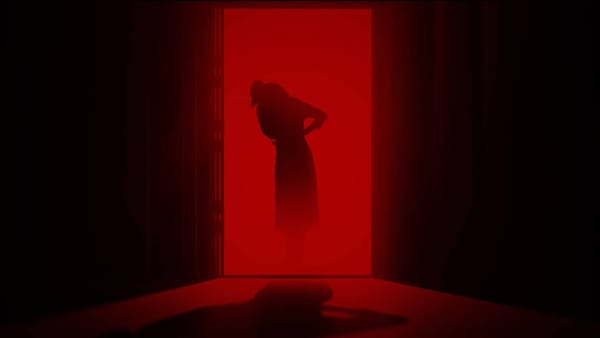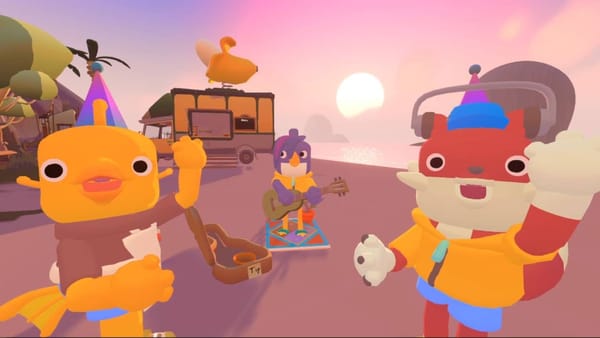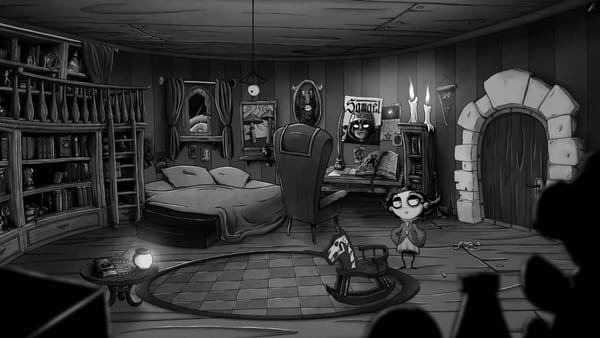Though I managed to snag Glyph on the release date for a timely review, it dropped down the pecking order due to a significant update set for the beginning of February.
While the game would have been perfectly fine to play, developers Bolverk Games advised that there were a few Day One revisions required, and if played too soon, I may have missed out on the boss battle.
Well, that update came a lot swifter than expected, and this Glyph Switch review leapfrogged a few other titles. Immediate impressions? Brilliant. With the introduction of a new talent with each stage, the game showed a lot of promise.
Glyph Switch Review
Any decent teacher will provide guidance and not tell you what to do. In the Glyph tutorials, they’re brief, but concise: this is what you need to do to do this (layman’s terms).
The first few interactions with your scarab mentor interrupt a little, especially if you’re mid-jump, but as mentioned, they’re to the point, and once you have your abilities, it’s merely about applying them.

But we’re getting way ahead of ourselves here. What’s it all about? You start as a sphere in the desert that gradually unlocks abilities that enable it to uncover the secrets of a ruined temple. I’ll leave it at that. In terms of viewpoint, it’s a third-person adventure, that has a clear goal, but non-linear paths to reach it.
Rollin’ Rollin’ Rollin’
Glyph resembles Journey on the PlayStation a little. It’s a simplistic design, but don’t let that fool you and be misinterpreted as a negative comment. The colours are vibrant, and the locations have just the right detail required for your adventure.
The colours are vibrant, and the locations have just the right detail required for your adventure.
In some ways, it reminded me a little of a VR title. Sometimes these worlds feel a little limited, but in Glyph, they’re ideal. Interestingly, and you probably already knew this, it was a VR title first. No doubt the presentation is great, but couldn’t imagine what the gameplay is like.
Before rolling on over to the gameplay, I have to point out the soundtrack: it’s fantastic. Earlier tracks were a little forgettable, but soon they were on par with Oxenfree – one of my favourites, and in some respects, the score was the one thing stopping me from rage quitting.
A Glyph In The Matrix
Rage quitting is a bit extreme – my only use for the term is referring to others, but I admit that Glyph was testing my patience. Unfortunately, the onus was on me due to cocking up a jumping sequence or underestimating a jump.
Once you get your stripes, you’ll have a full range of techniques to use such as wall climbing, double jumps, slam jumps and flight. Each move seems quite natural to do, but when combing the two, it often leads to frustrating results – but that’s more motor skills than game design.

For example, you may need to get some extra height in a jump. To do this, you jump on the spot and in mid-air, slam into the ground to get some more air. Double jump again (if you’re on the appropriate pad), and you can launch high into the sky, wings and all.
My issue and one of the game creators confessed to the same thing, was pressing the buttons in the wrong sequence, sometimes slamming into the sand when you should have flown instead. It’s irritating, but again, it’s on you.
What Goes A-round…
However, Glyph isn’t getting away with murder: this is a challenging game, there’s no doubt about it. There are no lives or health to contend with, but you will die on impact with the wrong surface, resulting in restarting the level again.
Seeing a level with a rating of one out of five (the latter being the most difficult) and struggling, felt mildly embarrassing. I’d patiently collect everything on the stage, only to make a stupid error and to reset my progress.
Seeing a level with a rating of one out of five (the latter being the most difficult) and struggling, felt mildly embarrassing.
Fortunately, you get to keep the gems and coins you can collect to unlock new levels. But if you find a hidden emblem or collect the multiple keys required to activate the portal for the level and die, you’ll have to redo it.
It gets to the stage where you start to dash through the levels as swiftly as you can, in fear of losing what you’ve achieved. This works in your favour as levels are timed, and there are speed run-like challenges for you crazy gamers. I’d be lying if I said my arse didn’t get a workout when trying to get a bronze award, let alone the silver. It was tense (the challenge, not my backside).
On Rotation
Glyph is quite a big game, mostly because unlocking everything is such a challenge, and I can honestly say I don’t expect to 100% this, but ok with that. That doesn’t mean I’m giving up on it – far from it.

Sometimes the nature of reviews means you move on to the next one swifter than you’d hope. Best intentions are to come back to games to 100% them or unlock new endings, but time is often a factor.
I can confidently say that Glyph will remain on a rotation to keep playing as it’s just so good, despite the challenge. Like a decent teacher, crap analogy again, as much as the fun laid back ones are supposedly the best, you want balance: one that pushes you and sets challenges that feel out of reach, but you can do with practice. The rewards are also better. Glyph is like that.
Glyph Review Summary
Glyph feels relentless in places, but a quick breather and sometimes, you can do it on the next attempt. It doesn’t have the most realistic physics, but I prefer that. You have a lot more aftertouch on your avatar than most, but it doesn’t feel as weighty as titles such as Kinetic Edge. That said, it works so well with the game’s feel, and it’s a title I highly recommend.


